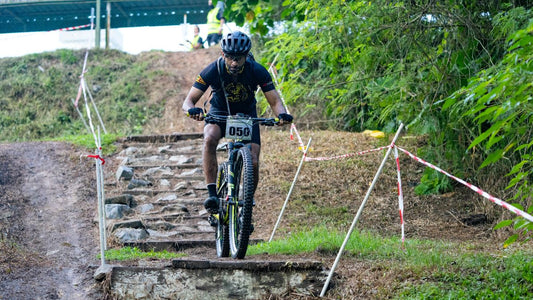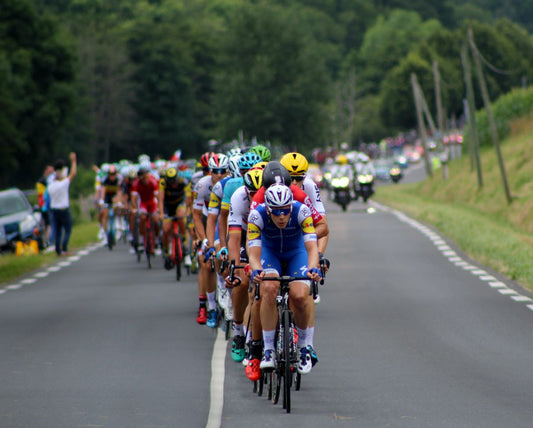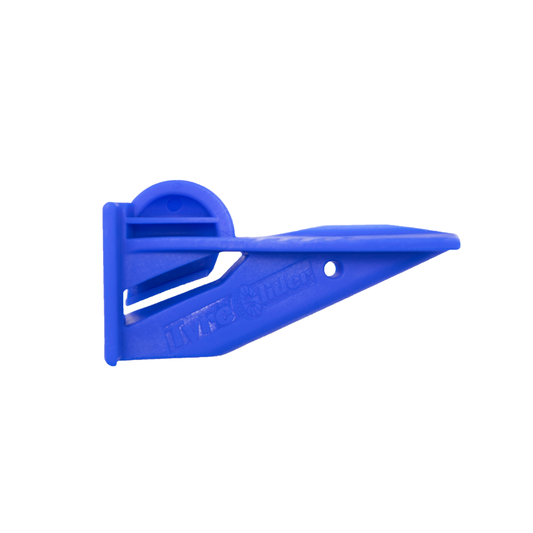ped-l sur-kulz
Noun, Verb
The circular motion of pushing down and pulling up on the pedals of a bicycle.
Example usage: I'm trying to increase my speed by working on my pedal-circles.
Most used in: Cycling communities around the world.
Most used by: Competitive and recreational cyclists.
Popularity: 8
Comedy Value: 5
Also see: Cadence, Pedaling Rate, Pedaling Frequency, Crank Revolutions,
What Are Pedal-Circles in Cycling?
Pedal-circles is a term used in cycling to refer to the complete rotation of the pedals. It is a measure of how efficiently a cyclist is using their energy and power during a ride. The number of pedal-circles a cyclist completes over a given period of time is an indication of how much effort they are putting into their ride.
The number of pedal-circles a cyclist completes in a given ride is determined by the length of the ride, the terrain, and the cyclist's own level of fitness. For example, a cyclist who is riding a flat course in a relatively short period of time will typically complete fewer pedal-circles than a cyclist who is riding a hilly course over a longer period of time.
Statistics show that the average cyclist will complete approximately 1,000 pedal-circles over a 30-minute ride on a flat course. This number can vary greatly depending on the terrain, the cyclist's level of fitness, and the speed of the ride.
In summary, pedal-circles is a term used in cycling to refer to the complete rotation of the pedals. It is an indication of a cyclist's efficiency and effort during a ride and the number of pedal-circles completed can vary greatly depending on the terrain, the cyclist's fitness level, and the speed of the ride.
.The Origin of the Term Pedal-Circles in Cycling
The term “pedal-circles” was first used in the late 19th century in Europe to describe a type of cycling performance. It was a more advanced form of the traditional cycling that had become popular in the area. Pedal-circles involved cyclists performing a series of circles in the air with their feet while pedaling a bicycle.
The term was first used in an article by the French cycling magazine, La Velocipede, in 1891. The article was written by cycling enthusiast, Louis Baudry, who described pedal-circles as a “graceful and difficult exercise”. He also praised the skill and balance required to perform the exercise.
The term quickly spread and soon pedal-circles became a popular form of cycling performance. As the popularity of the exercise grew, so did the number of cyclists who were able to perform it. By the early 20th century, pedal-circles had become a popular feature in cycling competitions across Europe.
Today, pedal-circles are still performed by cyclists, although they are not as popular as they once were. However, the term remains a part of the cycling lexicon and is used to describe a type of cycling performance that requires skill and balance.












